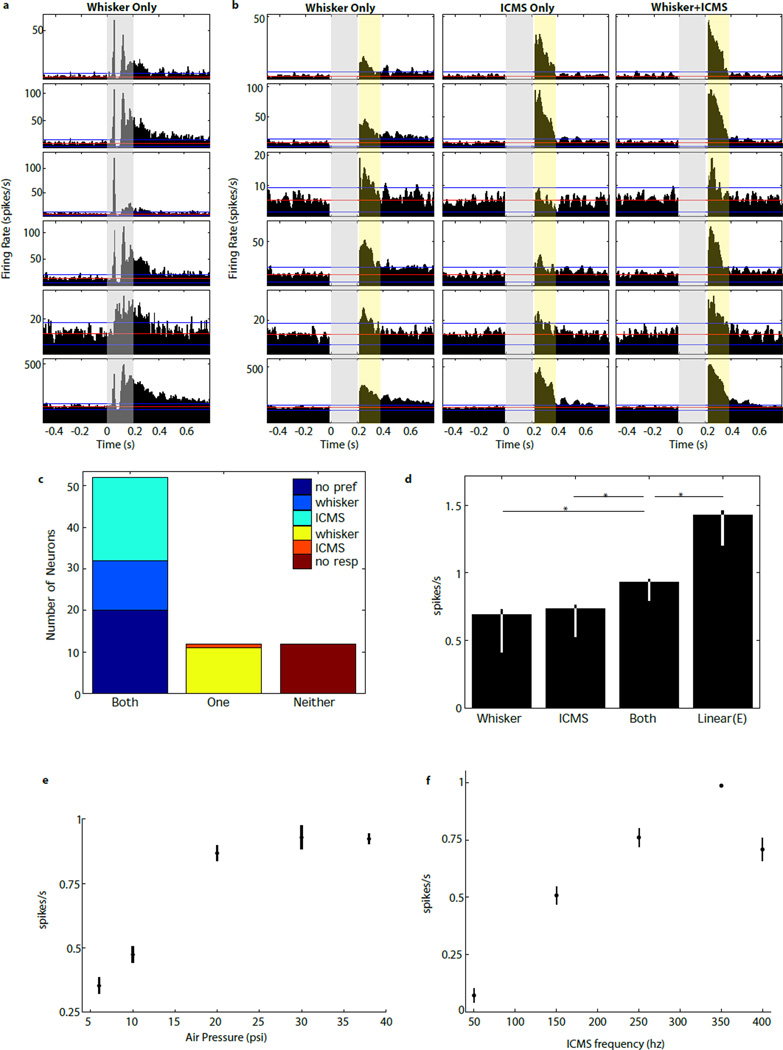Figure 3. Neurons in S1 respond to both whisker deflection and ICMS.
a. Sample PSTHs from neurons (rows) recorded simultaneously in an anesthetized animal during whisker deflections. The gray strip indicates time of whisker deflection (0 to 200 ms). Blue/red lines indicate mean± three standard deviations from the mean firing rate during the baseline period before stimulation. Rows 1–5 are single-unit responses, while row 6 is a representative multiunit response. b. Sample PSTHs from the same neurons in panel a under three stimulus conditions. Left column: response to whisker deflection (38 psi air puff), but with the response during stimulation clipped out to enable comparison with the other two columns. Middle column: response to ICMS only (250Hz). Right panel: response to simultaneous whisker deflection and ICMS. The light yellow strip indicates the time, after stimulation, we used to compare response magnitudes in the three cases. Note there are no responses during electrical stimulation because of electrical artifacts, so the firing rates drop to zero during those epochs. c. Overall distribution of response types. Columns are segregated by whether neurons responded significantly to both stimuli, only one stimulus, or neither. d. Mean (±sem) response of multimodal neurons to each of the three stimuli. The observed response to both stimuli is significantly sublinear (fourth bar indicates expected response under assumption of linearity). Asterisks indicate significance with p<1.0×10−6 (paired, two-tailed t-test) e. Multiunit response magnitude (mean firing rate±sem) as a function of whisker deflection magnitude (intensity of air pressure applied to whiskers) for 16 channels in two animals. Zero is baseline (mean rate before stimulus onset), and responses for each channel were normalized to the maximum mean response over all three stimulus conditions. f. Multiunit response magnitude versus ICMS frequency, with the same conventions as in panel e, with 13 channels in two animals.

